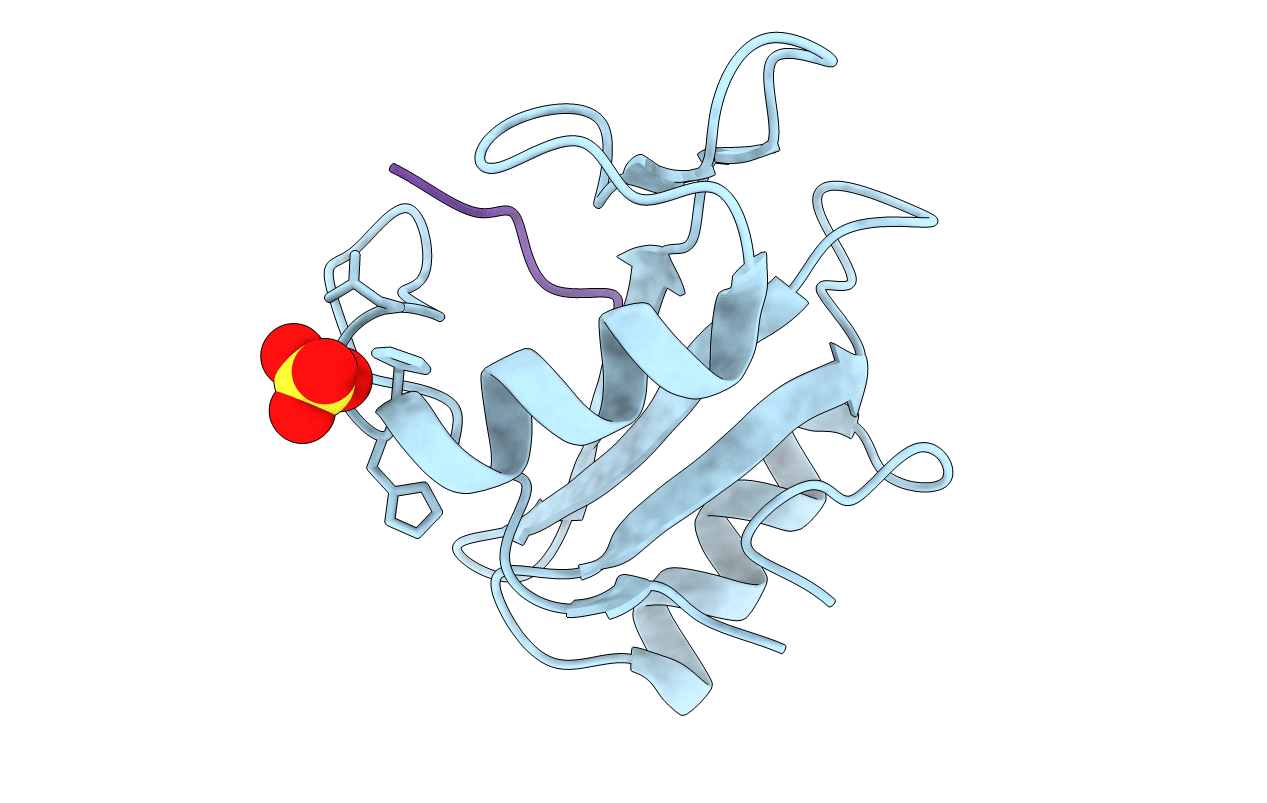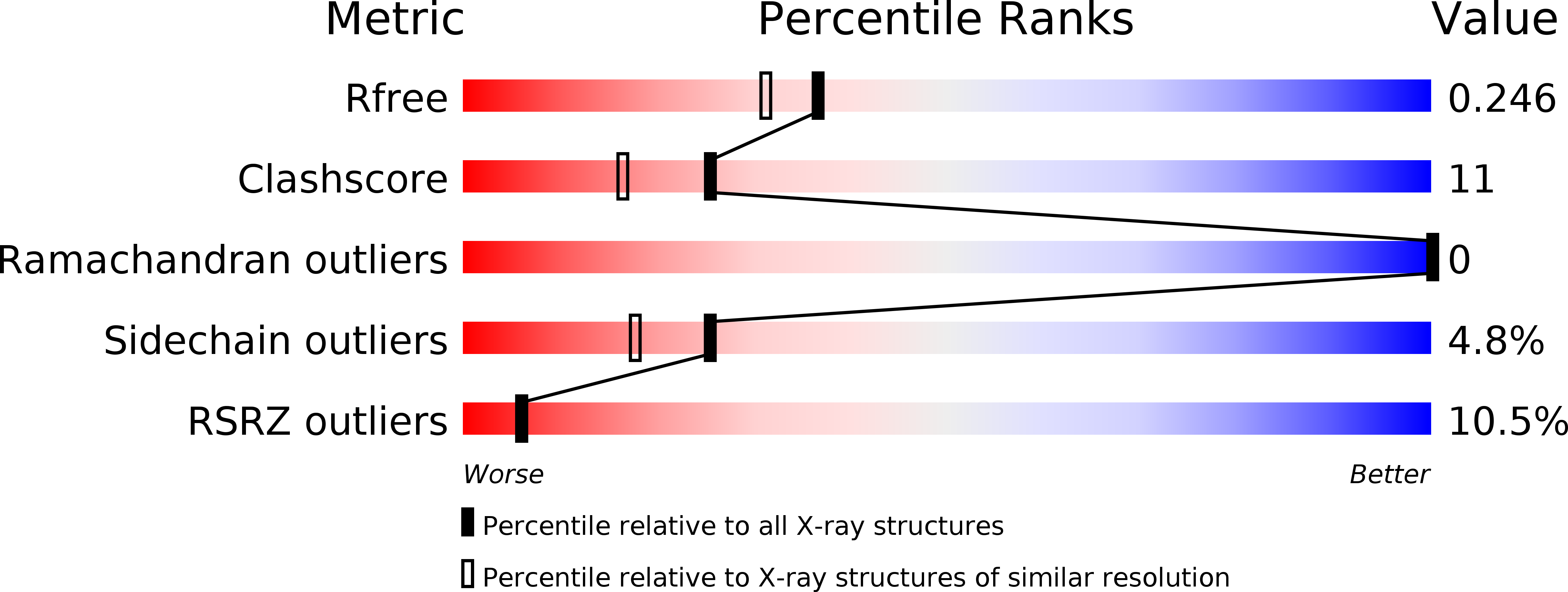
Entry Detail
PDB ID:
3TL0
Keywords:
Title:
Structure of SHP2 N-SH2 domain in complex with RLNpYAQLWHR peptide
Biological Source:
Source Organism:
Host Organism:
PDB Version:
Deposition Date:
2011-08-29
Release Date:
2011-09-28
Method Details:
Experimental Method:
Resolution:
2.05 Å
R-Value Free:
0.23
R-Value Work:
0.19
R-Value Observed:
0.19
Space Group:
P 43 21 2


